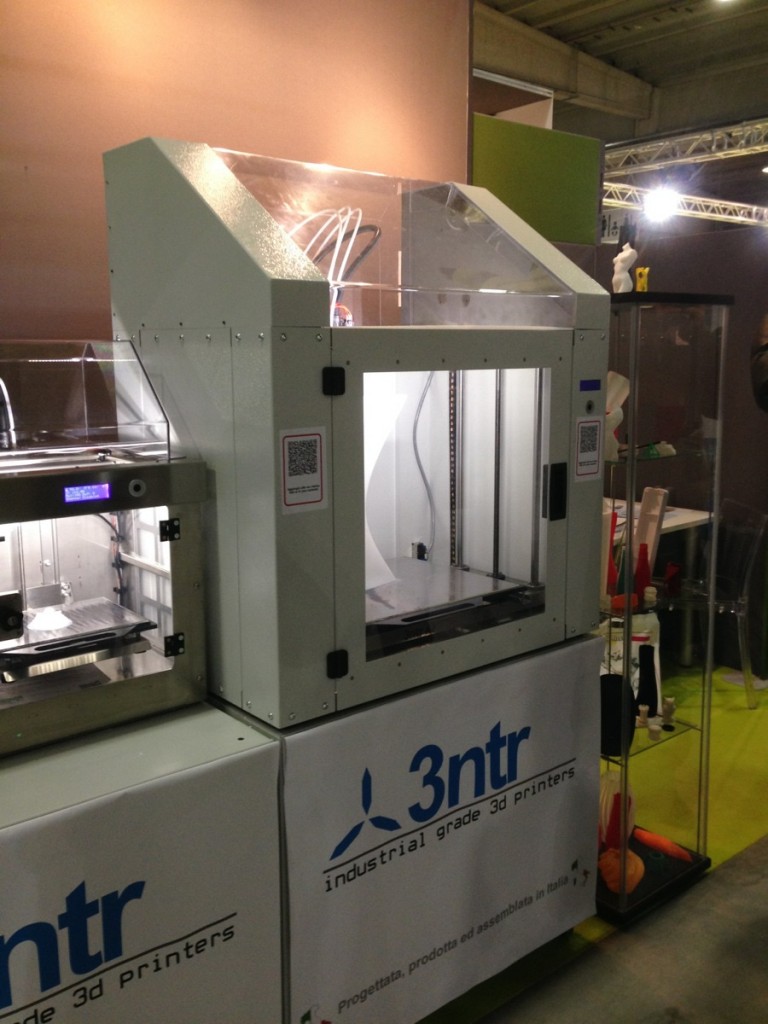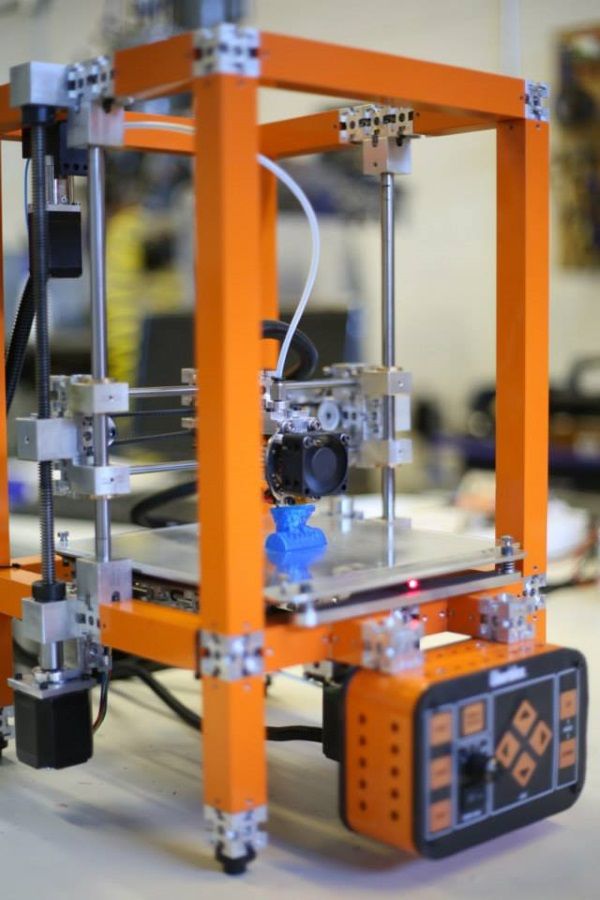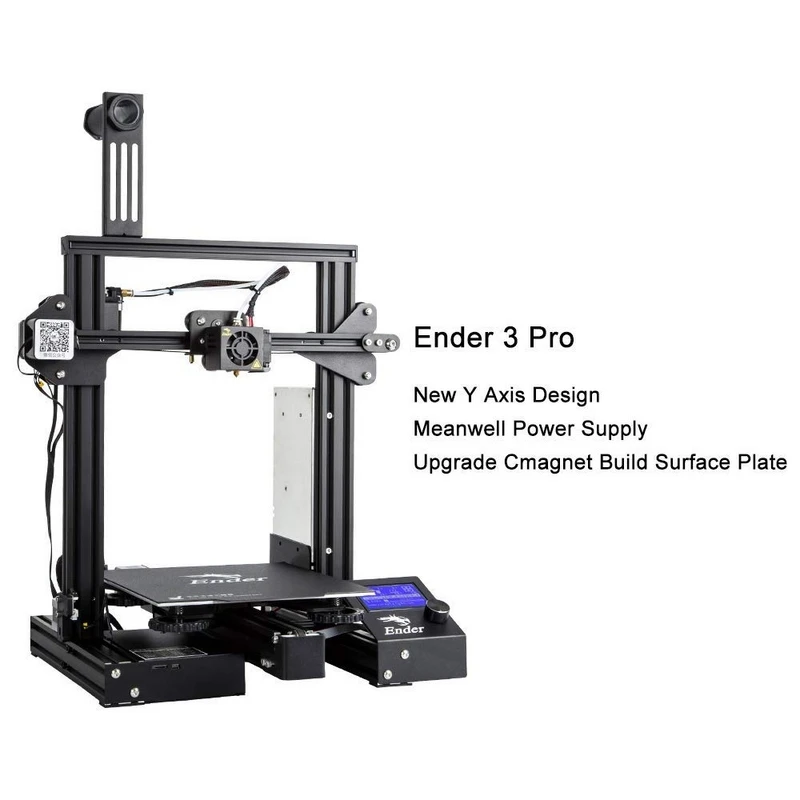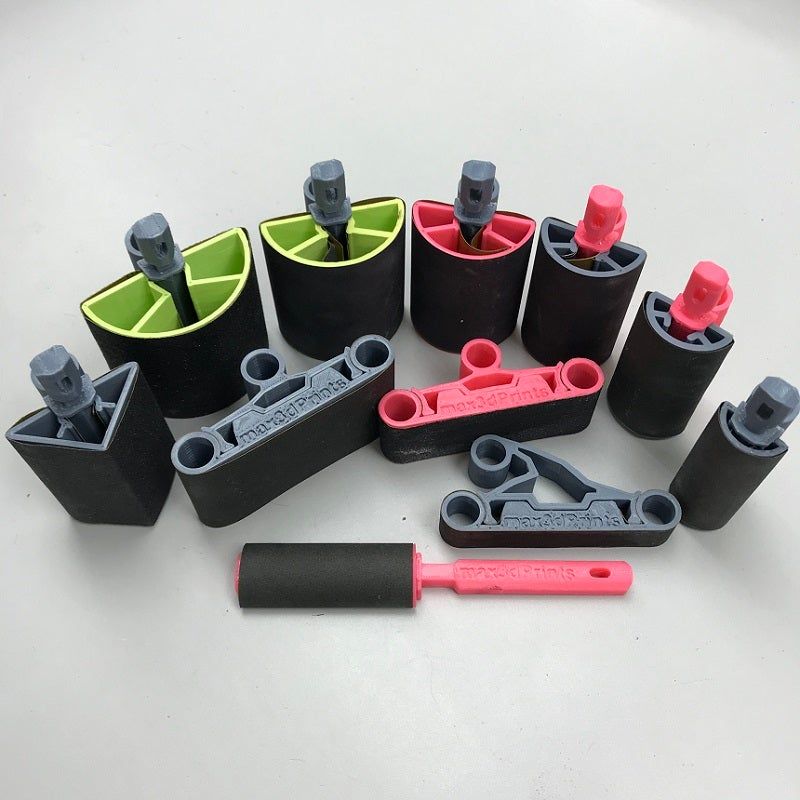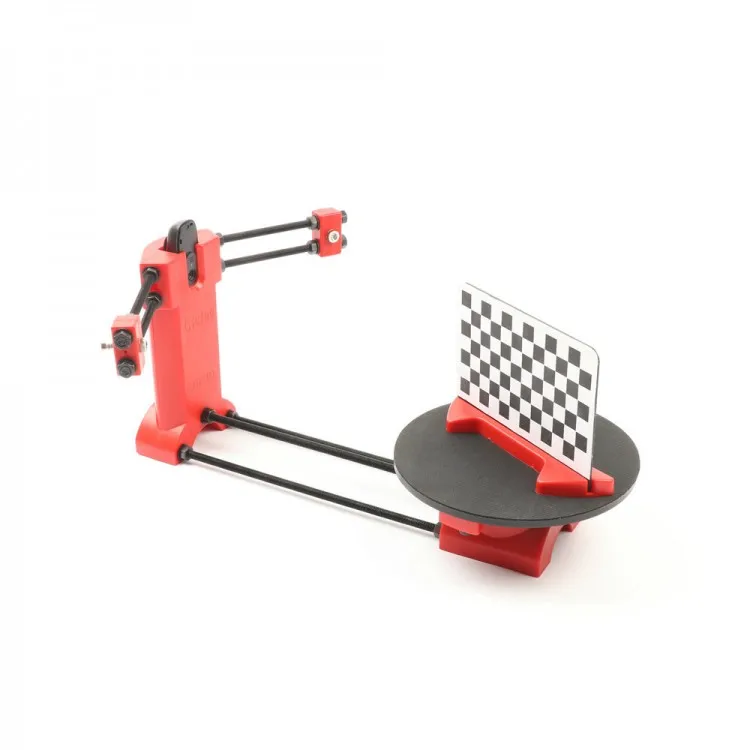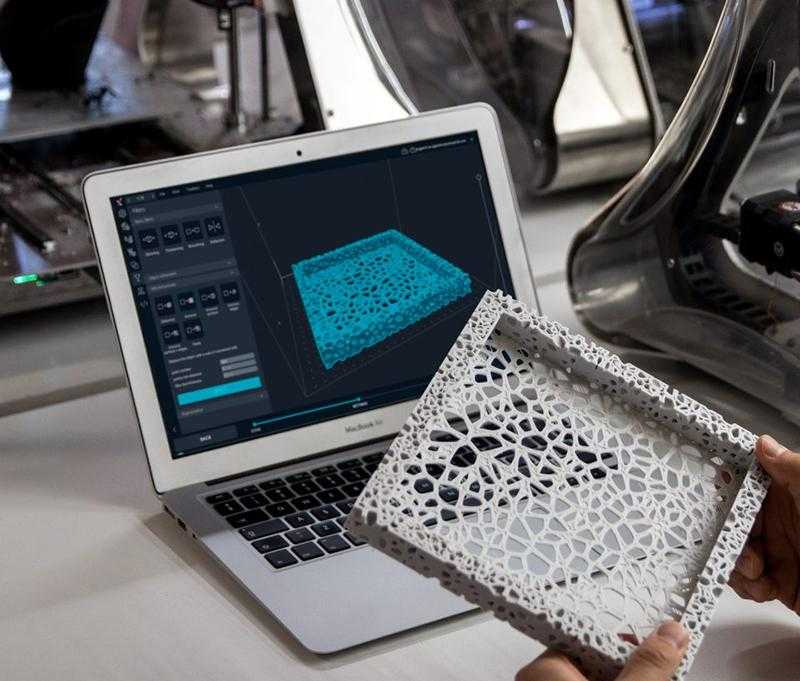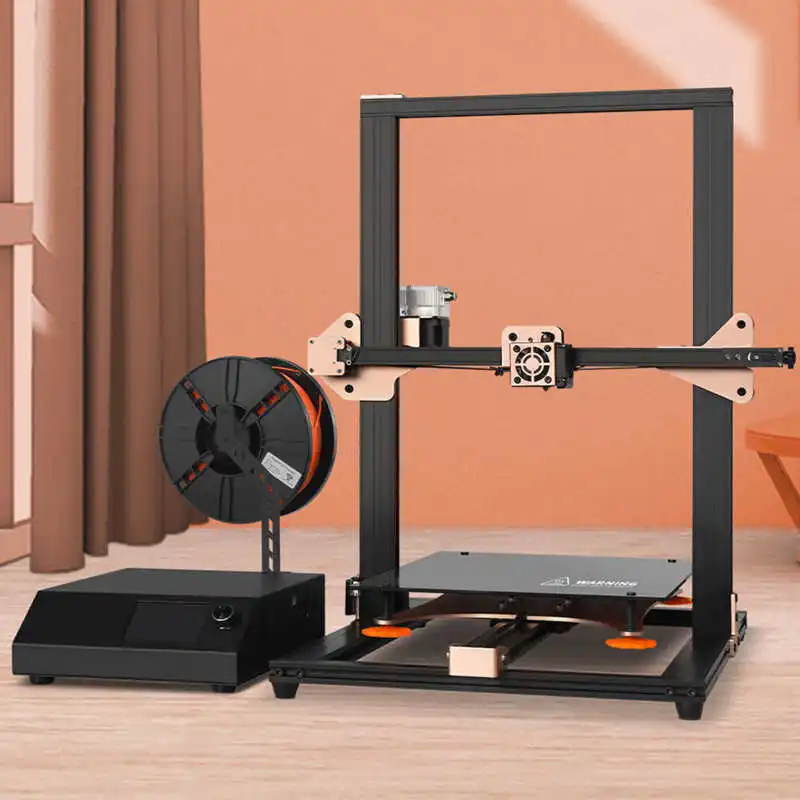Italian 3d printer manufacturers
Italy 3D Printing
Market Intelligence
3D Printing Machinery and Tools Italy
Italy is a major European market for 3D printing. U.S. suppliers of additive manufacturing technologies are encouraged to explore the Italian market.
The 2021 Wohlers report on 3D printing estimates the size of the overall global additive manufacturing market in 2020 at around US $13 billion, with Italy comprising 4% of the market, i.e., approximately $520 million. This number is larger if we include Italian companies that use the systems, sell materials and feedstocks or provide 3D printing services or solutions. If we take that into consideration, it would be safe to estimate the 3D printing market size for Italy to be in a range between $500 million - $1 billion.
In 2020 Italy ranked 11th in the world for usage of 3D printing technology in manufacturing and 4th in the world for usage growth rate. The 3D printing industry in Italy has been growing at a steady rate of about 20% for the last decade or so, and is set to continue, if not grow faster in coming years. Also, there is support in Italy for additive manufacturing Research and Development – with funding sources from the State and European Union level.
Italian 3D printing association AITA, (Associazione Italiana Tecnologie Additive) which includes manufacturers and users of 3D printing systems and accessories, recently conducted a survey among its members and found four major areas of application of 3d printing technologies in Italy:
- Automotive. Within it, there are three main applications: prototyping, sophisticated parts, luxury cars.
- Aerospace. Applications are turbine blades, parts of plane structures, interiors of planes.
- Bio – Medical. Applications are bio printing, i.e., human body parts, prostheses, pre-surgery practice particles, dental.
- Jewelry / Design / Fashion.
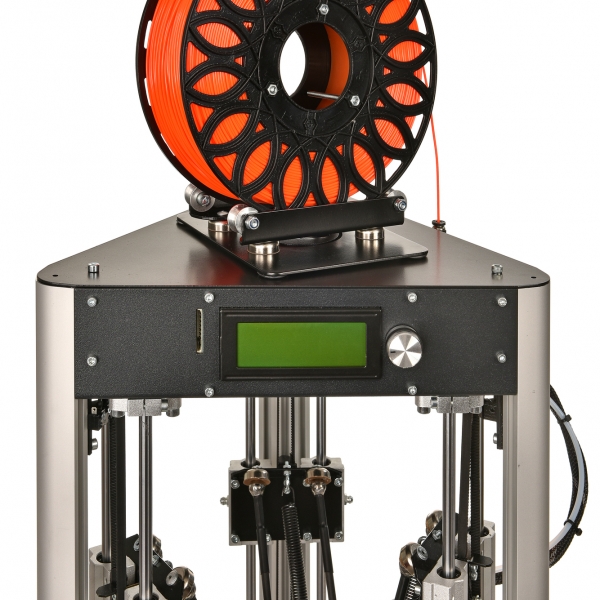 Applications are spectacle frames, footwear for the disabled, sports shoes, accessories.
Applications are spectacle frames, footwear for the disabled, sports shoes, accessories.
Major 3D printing system manufacturers in Italy include DWS, Sisma, D4Mec, 3ntr, Gigamax, Lumi Industries, Mark One, Prima Additive, Robot Factory, Roboze, Sharebot and Wasp. The additive manufacturing presence in Italy is due not only to Italian-owned companies but is also driven in part by companies choosing to establish some part of their business in Italy (many are clustered around the Milan area).
In terms of end user size and budget, compared to the USA, Italian mid-size companies are more likely than small ones to budget for 3D printing solutions and investment intentions. According to the 3D Printing Sentiment Index, which surveys professionals involved in 3D printing across different sectors, in 2020 the adoption of 3D printing technologies in Italy grew compared to 2019.
Among the Italian companies surveyed, almost half (47%) reported adopting 3D printing tools within their production processes. An increasing number of companies then reported using 3D printing for on-site production of industrial tools (70% of respondents indicated this function as their main use) and one in two Italian respondents also confirmed their confidence in the crucial function that 3D printing will have in 2021 within their companies. The lack of specific knowledge and skills is still one of the main obstacles to adopting this technology in Italy but compared to 2019 there is a slight decrease in the impact of these issues on the industrial integration of 3D printing.
An increasing number of companies then reported using 3D printing for on-site production of industrial tools (70% of respondents indicated this function as their main use) and one in two Italian respondents also confirmed their confidence in the crucial function that 3D printing will have in 2021 within their companies. The lack of specific knowledge and skills is still one of the main obstacles to adopting this technology in Italy but compared to 2019 there is a slight decrease in the impact of these issues on the industrial integration of 3D printing.
The U.S. Commercial Service office in Milan (CS Milan) supports Formnext, https://formnext.mesago.com/frankfurt/en.html, Europe’s leading trade show for additive manufacturing. Formnext has proven to be a successful platform for U.S. companies wanting to enter European markets over the past years and includes many Italian visitors and exhibitors. CS Milan stands ready to connect U.S. exhibitors with Italian firms at the show and to assist U.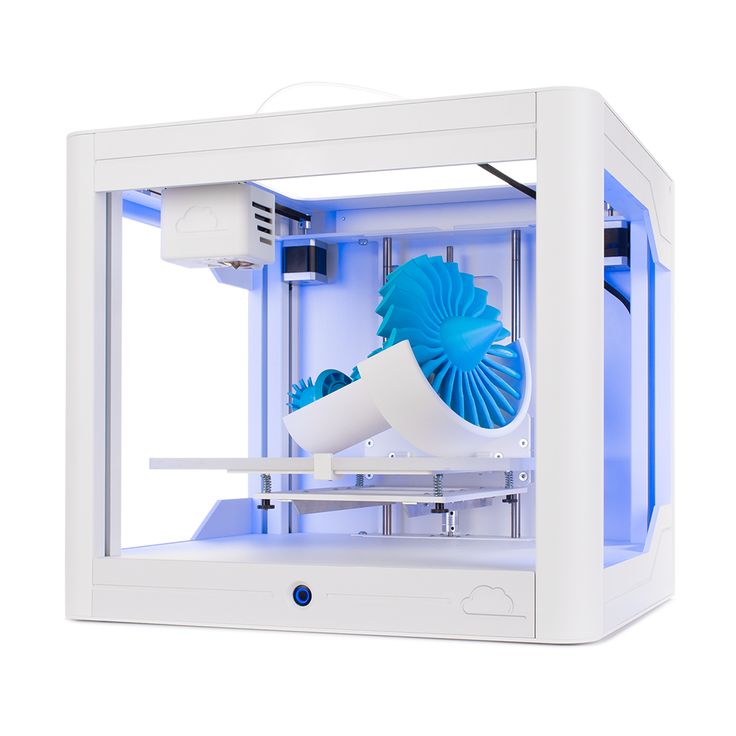 S. 3D companies enter the Italian market regardless of their participation in Formnext.
S. 3D companies enter the Italian market regardless of their participation in Formnext.
For more information, please contact CS Milan at: [email protected]
08/17/2021
Italian 3D Printing Companies » 3D Printing Media Network
Stay up to date with everything that is happening in the wonderful world of AM via our LinkedIn community.
Although you may know it more for beautiful landscapes, historical monuments, and the best culinary tradition in the world by a longshot (I know I am partial but it’s a fact), Italy is also a key adopter of AM technologies and one of the top global markets for industrial automation. Its flourishing design industry – with Milan as its capital – and high-end luxury products, from Ferrari and Lamborghini to yachts and high-end jewelry, make ideal candidates for the opportunities that Italian 3D printing companies can offer in terms of short batch production for limited editions, mass customization and high-performance products.
There is also another reason why Italy has been such an early adopter of additive manufacturing and today represent one of the top 5 global markets. If one of the promises for AM’s future is distributed manufacturing, Italy has been a distributed manufacturing nation since it’s industrial miracle of the 1960s. The Italian industrial landscape is made of thousands of distributed SME’s. These companies specialize in short to medium production of high-quality goods. To many of them, 3D printers provide the solutions they have been looking for.
On the other hand, there are also many factors slowing down Italy’s adoption of AM. One is the very fact that Italian companies are generally small, family-owned businesses with a very localized view of the market and a chronic inability to scale up globally. Many times this is related to a generalized dislike for making investments that are considered risky or wasteful. Paradoxically, these risky investments are associated with educating the workforce, adequately rewarding the best talents or properly marketing products to a global audience, which are all considered key policies in companies that scale up successfully. This is not true for every company and the fashion, food and furniture design industries tell us that when Italian companies do take these steps, they can be among some of the most successful in the world. Just think of powerhouses such as Luxottica or FCA, which, incidentally, are also heavy and first adopters of 3D printing for prototyping and are now looking at production.
This is not true for every company and the fashion, food and furniture design industries tell us that when Italian companies do take these steps, they can be among some of the most successful in the world. Just think of powerhouses such as Luxottica or FCA, which, incidentally, are also heavy and first adopters of 3D printing for prototyping and are now looking at production.
Another factor limiting adoption is that Italian manufacturing is very much tied to traditional approaches. In many cases, the most high-quality materials cannot be processed by AM, or at least not to the highest standards. For this reason, Italian companies were the very first to implement 3D printing for rapid prototyping and even casting but may not be as rapid in adopting 3D printing for part production.
So what kind of AM companies are there in Italy? Some of the key AM adopters are active in the medical field (Lima Corporate invented 3D printed trabecular titanium implants), others are leading in aerospace (Avio Aero, now GE, built the world’s first fully integrated metal AM factory). There are a number of 3D printer manufacturers, led by Sisma and DWS (active in the dental and jewelry segments with stereolithography and metal PBF systems), and growing industrial filament extrusion system producers such as 3ntr and Roboze.
There are a number of 3D printer manufacturers, led by Sisma and DWS (active in the dental and jewelry segments with stereolithography and metal PBF systems), and growing industrial filament extrusion system producers such as 3ntr and Roboze.
Due to the Italian industry’s past leadership in the field of plastics, there are also a number of high-quality filament manufacturers. Then, of course, all major automotive companies (FCA, Ferrari, Lamborghini, Maserati, Ducati among others) are very important adopters of AM, primarily for prototyping. Meaning that there is also a healthy market for the distribution of high-end prototyping systems by EOS, Stratasys, 3D Systems and all the other AM industry leaders.
Italian hardware: 3D printer OEM’s
When it comes to 3D printer hardware manufacturers, Italy’s largest and technologically most advanced company is DWS, although you may not be aware of it because DWS is not a company that invests significantly in marketing and communication.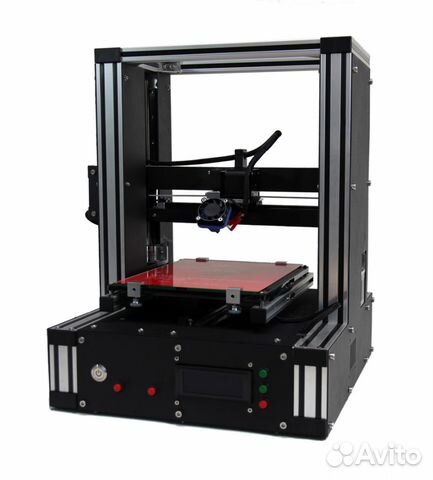 Like other firms from the Vicenza area of northeastern Italy, DWS drew a lot of its know-how from the jewelry industry. However, much of its business comes from far-eastern nations such as Korea and Japan, which is where Maurizio Costabeber, the founder, began his work on 3D printing. DWS was one of the very first companies to develop a stereolithography process in the 1990s. Today it makes high-end SLA systems for jewelry, dental and industrial parts, with a very large selection of advanced digital materials. It also offers a number of high-quality affordable systems under the “X” range.
Like other firms from the Vicenza area of northeastern Italy, DWS drew a lot of its know-how from the jewelry industry. However, much of its business comes from far-eastern nations such as Korea and Japan, which is where Maurizio Costabeber, the founder, began his work on 3D printing. DWS was one of the very first companies to develop a stereolithography process in the 1990s. Today it makes high-end SLA systems for jewelry, dental and industrial parts, with a very large selection of advanced digital materials. It also offers a number of high-quality affordable systems under the “X” range.
Another significant 3D printer manufacturer from the North East is Sisma, a company that specializes in high-end laser systems for the jewelry industry. Sisma developed a range of metal powder bed fusion systems under the mysint brand. Depending on the configuration, these systems can process titanium for industrial parts and also precious powder for jewelry applications. Sisma also developed a range of photopolymerization machines for applications in the jewelry, dental and consumer products segments.
When 3D printing boomed in 2013, dozens of filament 3D printer manufacturers emerged in Italy, catering to the needs of local SME’s. Out of these, only very few companies were able to emerge internationally with high-quality industrial-grade systems. The most relevant among these is 3ntr, which offers large, very sturdy and reliable systems to high-level companies in the aerospace, automotive and consumer product segments in Italy and abroad. 3ntr has placed its systems inside many top companies across Europe and in the US through its distributor, Plural.
Roboze was able to make a name for itself as one of the first manufacturers of affordable systems able to process high temperature, high-performance plastics such as specially formulated PEEK and PEI (Ultem). Roboze was founded in Apulia, a southern region of Italy and has since grown significantly, both in Italy and internationally, through the vision of its founder Alessio Lorusso and the dedication of its internal marketing team.
WASP, a producer of delta architecture 3D printers, is a unique case in the global 3D printing scene. The company obtained great international visibility for, among other activities, building a 12-meter tall system to print houses on location using local soil. Its systems were even used to build the temple at Burning Man and are able to process both thermoplastics and ceramics (using a pneumatic pressure system). While most Italian companies struggle to obtain visibility, WASP has enjoyed great global visibility however the company remains very true to its artisan origins and struggles with adequately meeting international demand.
Key resellers and distributors
Because Italy has been such a large adopting market for 3D printing from the start, there are today a number of strong and experienced distributors that have built the industry from its foundations. One of these is Energy, a key distributor for Stratasys systems, that has added other key brands such as Formlabs and Desktop Metal in recent years.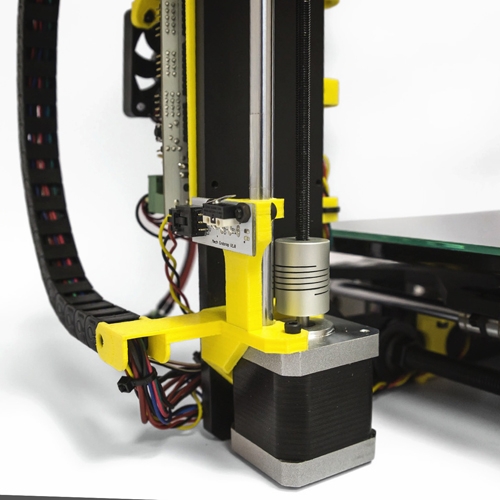
Two other key distributors, 3DZ and Selltek, began with 3D Systems, catering to demands in the jewelry and dental industry and progressively expanding into automotive and other industrial segments. Now both companies also distribute other brands including HP (Selltek), Markforged and Formlabs (3DZ). Galassia 3D, also based in Northern Italy, has made a name for itself as a distributor of EnvisionTEC and, recently, Shining 3D industrial photopolymerization products. Similarly, Sintesi Sud emerged as a key reseller of professional photopolymerization products (DWS, Stratasys among others) in Southern Italy.
A large PEEK part 3D printed by RobozeIn recent times many new companies have entered the market as distributors. Two of the most relevant are Shapemode, in Milan, and 3D Italy in Rome. Shapemode combines DWS 3D printers distribution with 3D printing services, an official Fab Lab and Numen, a school focusing on design and personal manufacturing technologies. 3D Italy opened the very first 3D print shop in Italy and expanded with more stores in franchising, an academy and distribution of Formlabs and WASP systems among others.
Italians do it better: AM service providers
Catering to demands by the aerospace, medical and automotive industries a few companies in Italy – most of which are located near the Italian Motor Valley in the Emilia Romagna region – emerged as key providers of 3D printing services and parts in outsourcing. These include Beam-IT and Zare, the two Italian leaders in metal 3D printing. The leading Italian companies offering 3D printing services primarily with polymers are CRP Technology, Skorpion Engineering, and Prosilas. Among other businesses, CRP Technology is a specialist of SLS technologies, while Skorpion offers a wide range of technologies, from high-end Stratasys FDM and polyjet to HP’s multijet fusion for part production. Located in central Italy, Prosilas has been pushing the limits of final part production and workflow optimization using EOS systems. A special mention also goes to The FabLab, which offers very targeted 3D printing production services. Its founder, Massimo Temporelli, has done some of the most significant work in terms of raising awareness around this technology in Italy.
Cooking it up with Italian AM materials manufacturers
The jewelry industry in Italy’s North East is also home to Progol3D, and Legor, two precious metal powder manufacturers that have begun offering a selection of atomized powders specifically for direct AM production. Progol3D also uses its powders to offer direct precious metal 3D printing services.
One of Italy’s great industry of the past was – and still is to a certain extent – plastics. The segment grew around the work carried out by Giulio Natta who received the Nobel prize for his work on polymers. For this reason, many large and medium size plastic companies leveraged their know-how to begin offering high-quality 3D printing filaments. Some of the key ones to keep in mind are TreeD Filament, FiloAlfa, based in Northern Italy, and Eumakers, from Southern Italy. Among these, one company, CRP Technology, combined a deep knowledge of 3D printing and composite materials, to develop the unique range of Windform composite powders for SLS technology.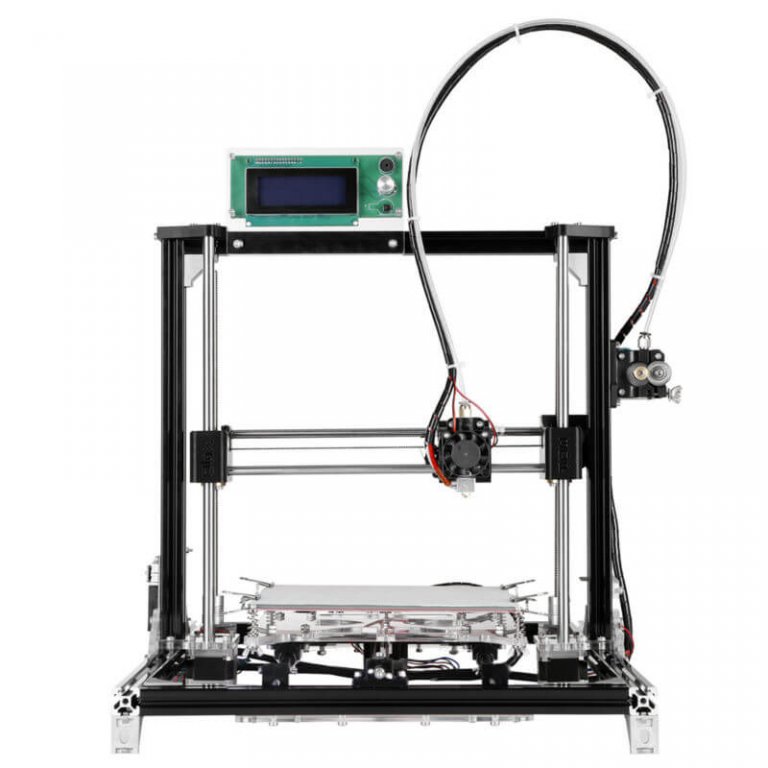
Pioneering AM adopters
While many of Italy’s largest companies (Luxottica, Safilo, FCA, Ferrari, Lamborghini, Ducati, Fincantieri) are known to use 3D printing for various applications (mostly for prototyping, casting and tooling), some smaller companies have focused specifically on AM, pioneering many applications.
Lima Corporate, a manufacturer of medical implants, pioneered 3D printed trabecular titanium implants and established a strong international presence. In Italy, the company runs two full-size medical implant 3D printing factories, one in Northeastern Italy and the other in the tip of Sicily, near Palermo.
Inside the Avio Aero additive factory for aerospace parts, near Turin.Avio Aero did something similar for aerospace. The company, now part of GE, was one of the very first to establish a fully integrated AM factory using both EBM and SLM systems to produce aerospace parts. It now has plants both in Northern and Southern Italy (near Turin and Bari).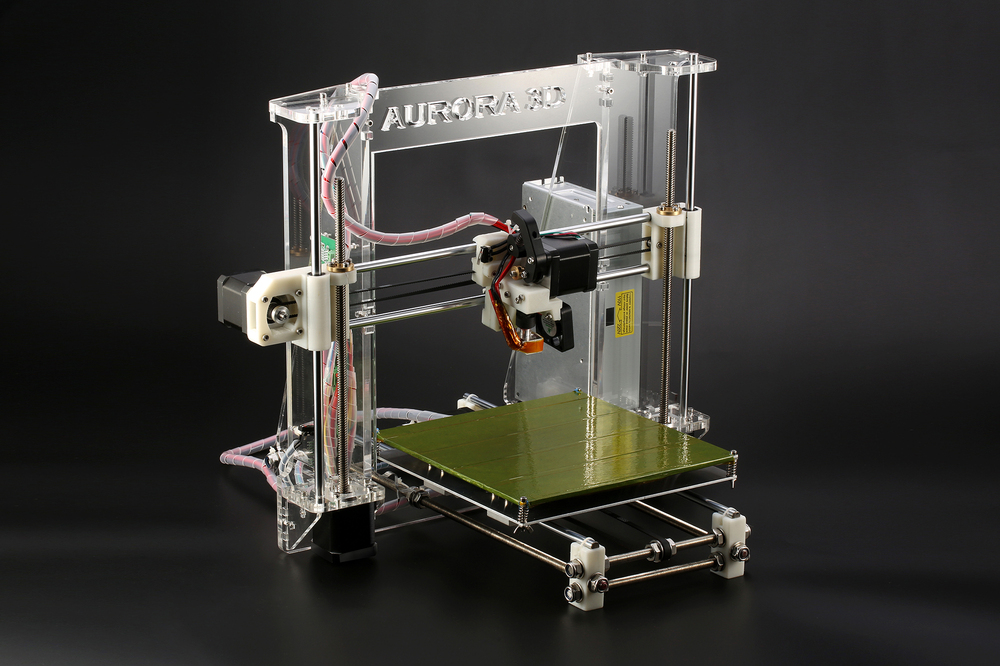 Also owned by GE is Nuovo Pignone (now BHGE), an advanced oil and gas hub in Tuscany with over 4,300 employees in Italy alone. The company is among the most advanced in the world for the production of oil and gas and energy generation parts by AM. From the maritime industry, RINA, a company from the Northern region of Liguria, is among the most specialized in metal AM applications, providing metal powders and services, while Meg Industries is specializing in polymer and metal-replacement hydraulic applications. Other firms such as Aidro (for hydraulic manifolds) and Mt Ortho (for custom-made medical implants) have also established unique applications of AM in their respective segments.
Also owned by GE is Nuovo Pignone (now BHGE), an advanced oil and gas hub in Tuscany with over 4,300 employees in Italy alone. The company is among the most advanced in the world for the production of oil and gas and energy generation parts by AM. From the maritime industry, RINA, a company from the Northern region of Liguria, is among the most specialized in metal AM applications, providing metal powders and services, while Meg Industries is specializing in polymer and metal-replacement hydraulic applications. Other firms such as Aidro (for hydraulic manifolds) and Mt Ortho (for custom-made medical implants) have also established unique applications of AM in their respective segments.
Next-gen Renaissance men
And if Italy is the country that gave birth to multidisciplinary geniuses, artists and explorers such as Leonardo Da Vinci, Galileo, Columbus, Michelangelo and many more, the same is true in this new era of technological and creative expansion. Massimo Banzi invented Arduino, while Alessandro Ranellucci developed the Slic3r software used in many 3D printers.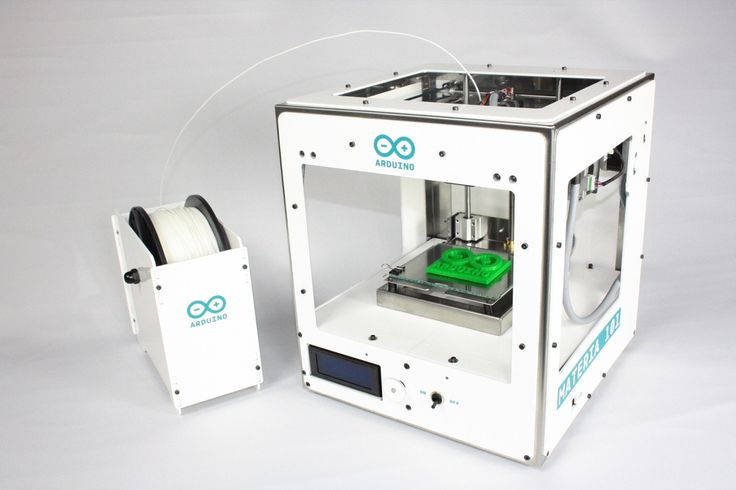 Designers such as Alessandro Zomparelli and Arturo Tedeschi pushed the limits of parametric design in Rhino Grasshopper. Before becoming part of Dassault Systemes in 1997, SolidWorks was an Italian company and now SolidWork’s CEO, Gian Paolo Bassi is from Italy. This is just a brief excursus into the Italian 3D scene. There is a lot more to discover. We will explore it in this AM Focus and you can also do your own exploration, by searching for Italian companies in our 3D Printing Business Directory.
Designers such as Alessandro Zomparelli and Arturo Tedeschi pushed the limits of parametric design in Rhino Grasshopper. Before becoming part of Dassault Systemes in 1997, SolidWorks was an Italian company and now SolidWork’s CEO, Gian Paolo Bassi is from Italy. This is just a brief excursus into the Italian 3D scene. There is a lot more to discover. We will explore it in this AM Focus and you can also do your own exploration, by searching for Italian companies in our 3D Printing Business Directory.
3D printers Italy - the most popular models of printers
When buying a 3D printer Discount on plastic and polymers up to 10%
Prinators Anycubic
PHROZEN
Printers Zenit
Printers Flybs 9000 9000 9000 9000 9000 9000 9000 9000) Prinators PIMAS PIMAS PICAS PICAC 3 items presented
Sort:- Default
- Default
- Popularity
- Price: less
- Price: more
(1 Review)
On order
- Printing technology - FDM
- Press material - plastic
- Press Field - 280x200x200
Price on request
Number
V are chosen
Compare
Quick view
Inquiry quotation
Roboze
Roboze One 3D printer +400
Price on request
4 out of 5
(1 Review)
On order
- Printing technology - FDM
- Print material - plastic
- Press field - 200x200x200
Price on request
Under order
Number
Compare
Quick view
Inquiry quotation
Roboze
Roboze Argo 500 3D printer
Price on request
4 out of 5
(1 Review)
On order
- Printing technology - FDM
- Print material - plastic
- Press field - 500x500x500
Price on request
Custom
number
when choosing equipment when choosing equipment For 3D modeling and prototyping, many professionals prefer already known or proven brands, in particular, we are often approached with very specific requests, for example, to buy 3D printers in Italy.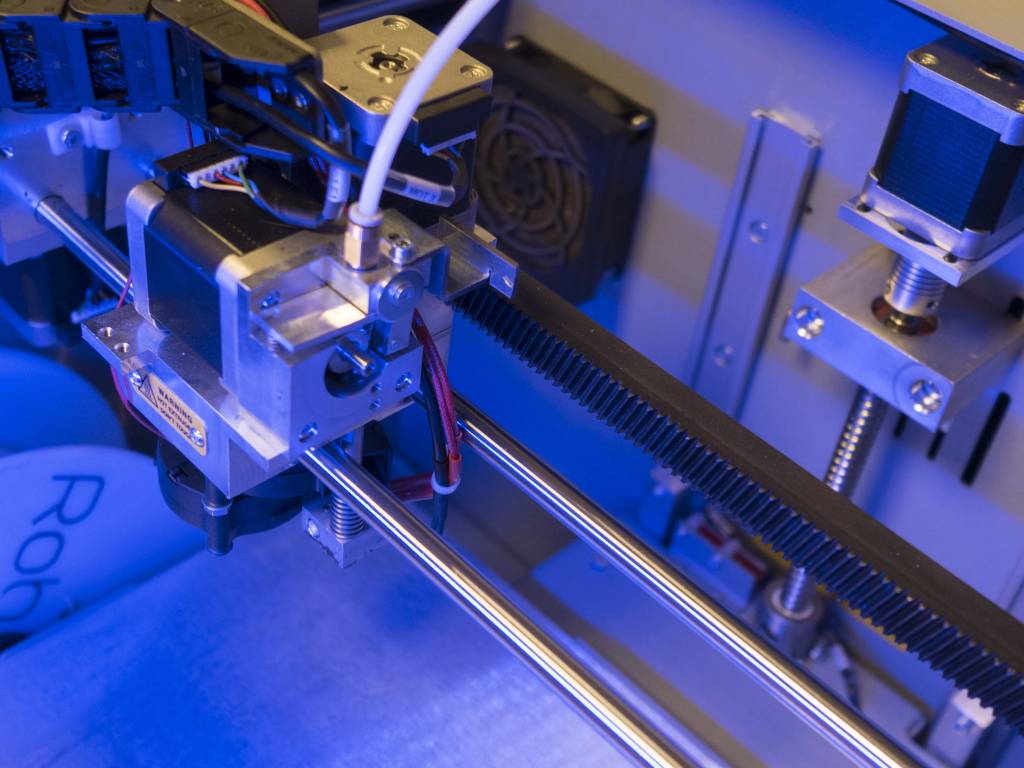 Italian brands offer top-class equipment, products of the well-known brand DWS, specializing in the jewelry industry of additive manufacturing, are in great demand. You can order Italy 3D printers at manufacturer's prices from us - we work without intermediary and guarantee you excellent quality at an affordable cost.
Italian brands offer top-class equipment, products of the well-known brand DWS, specializing in the jewelry industry of additive manufacturing, are in great demand. You can order Italy 3D printers at manufacturer's prices from us - we work without intermediary and guarantee you excellent quality at an affordable cost.
Read more…
Italy is a sunny country that many people associate with high fashion and pizza. The electronic industry is also well developed in this country. Especially the production of 3D printers. Many of them not only have high functionality, but also look very stylish and beautiful. The influence of industrial design is also felt in that area. Particularly striking models were successful for the following manufacturers: DWS, Kentstrapper and Sharebot.
Features of Italian 3D printers
Italy boasts advanced technology for the use of this technique in art. And not so long ago, the Italian company WASP presented to the public the largest 3D printer in the world. The device, called the Big Delta, is capable of printing objects up to 12 meters high. It can be used for 3D modeling of industrial facilities and even residential buildings.
The device, called the Big Delta, is capable of printing objects up to 12 meters high. It can be used for 3D modeling of industrial facilities and even residential buildings.
Italian manufacturers offer high-end 3D printing equipment. Many printers are used not only for making plastic models, but also for adaptive production in the jewelry industry.
The most popular printer models from Italy
The most popular models of such devices from Italy are:
- DWS DigitalWax 008J. Desktop stereographic printer, which is used for prototyping various products. The main area of application of this apparatus is the jewelry industry. With the help of photopolymer resins, this device is able to create unique 3D models.
- Reprap Galileo Next. Desktop printer RepRap type with Prusa Mendel design open type. The device has a heated work surface. Galileo Next works with PLA and ABS plastics. The minimum layer thickness is 100 µm.
We sell consumer and professional models for 3D printing and 3D scanning.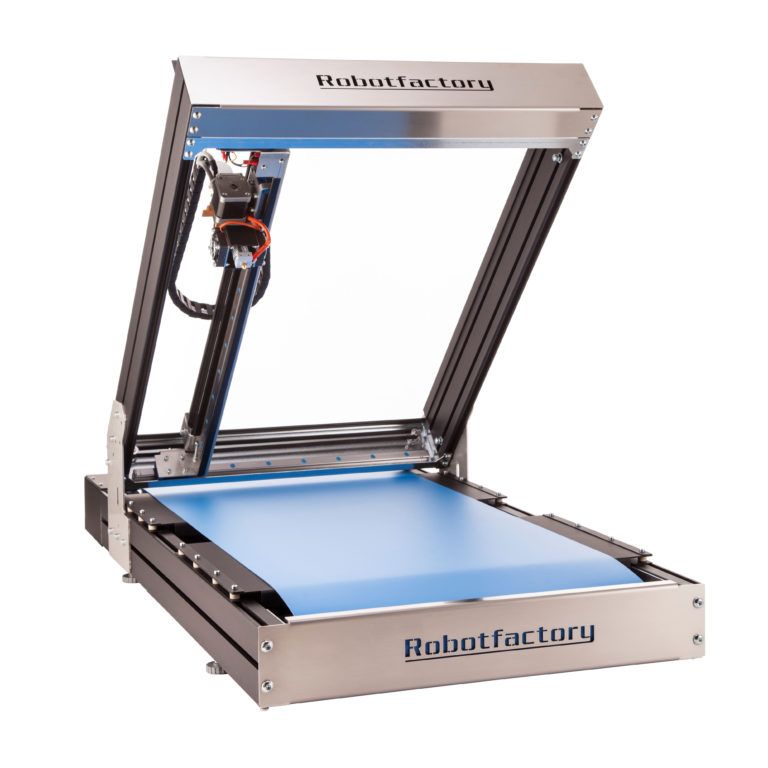 If you do not know which printer to choose, consult with our experts.
If you do not know which printer to choose, consult with our experts.
90,000 3D 3NTR 3NTR 3NTR 3NTR 3NTR prints
Archive
Subscribe to
Subscribe
I do not want
,in the territory adjacent to the largest city in northern Italy, the center of 3D manufacturers are formed by rapid pace. -printers based on Fusion Fusion Method (FFF). Following the most famous Italian 3D printer manufacturer Sharebot, a new generation of mini-factories has emerged, which independently develops and produces equipment, the main priority of which is high precision 3D printing.
One such company is 3ntr based in Oleggio. The company, founded by David Ardizoia, manufactures and sells medium format equipment (303 x 205 x 210 cm), priced at €3,900. The objects created on this equipment impress with their high quality, precise geometry and detail.
Over the next few months, 3ntr plans to introduce the next generation A2 3D printer. The prototype of this printer was presented at the Eurostampi exhibition in Parma, and its dimensions were hard to miss. The working volume of the printer is 610 x 370 x 500 mm, which means that you can create objects more than half a meter wide and almost the same height.
The prototype of this printer was presented at the Eurostampi exhibition in Parma, and its dimensions were hard to miss. The working volume of the printer is 610 x 370 x 500 mm, which means that you can create objects more than half a meter wide and almost the same height.
It is not cheap: the price is comparable to the Makerbot Z18 model, since quality is a priority for Ardisoya, and achieving a high level of quality without sacrificing speed is a very expensive pleasure. The printer is equipped with a triple extruder with a diameter of 3mm, and is able to print with any polymer for FFF technology. Like its smaller brother, it has a fully enclosed build chamber and can achieve an accuracy of up to 0.011mm in the X-Y axis and 0.005mm in the Z-axis.
small labs and studios,” says Ardizoya. “The rugged design allows them to be used non-stop and you don't have to worry about anything happening to them. In addition, the fully enclosed assembly chamber allows it to be used even in home and office environments.